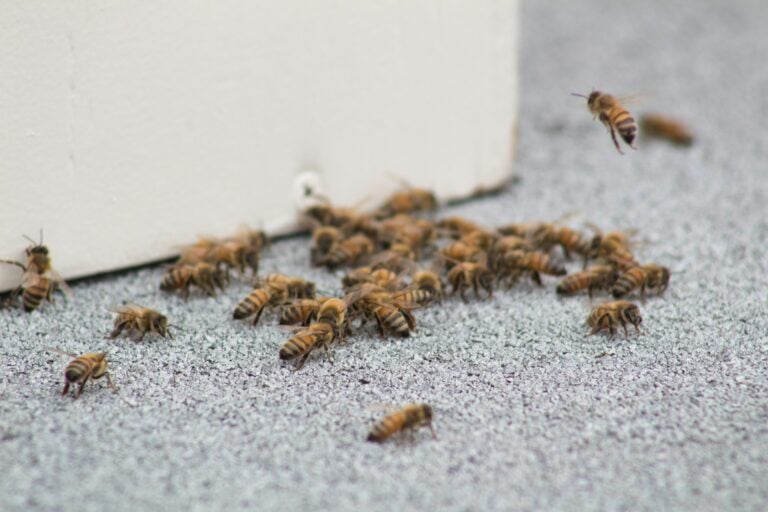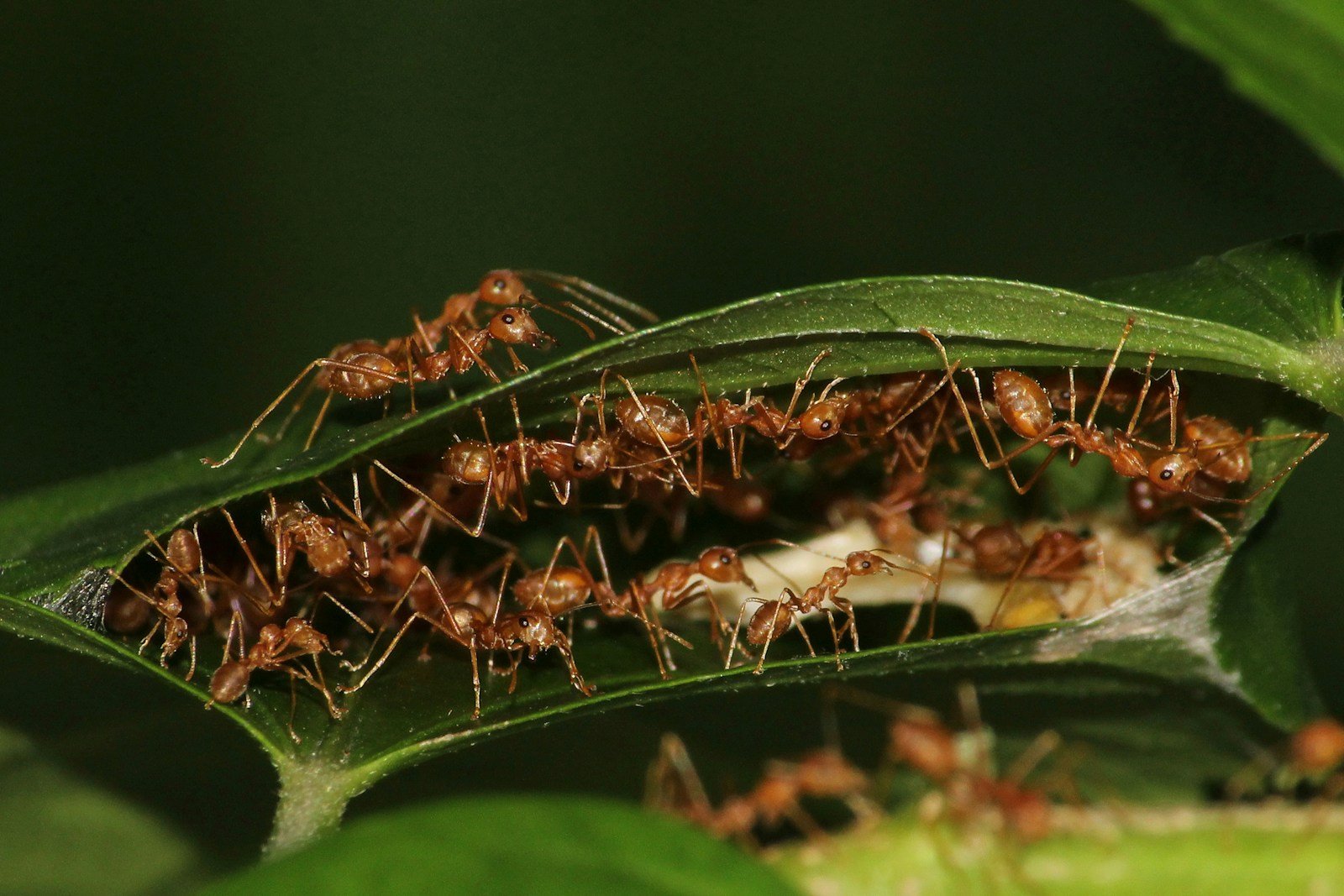Eliminating gnats from your home can be a daunting task, especially when these pesky insects seem to appear out of nowhere. Understanding gnat behavior and habits is crucial in developing effective strategies for eliminating gnats at home. This article will delve into the essential aspects of managing gnats, from identifying common types to implementing natural remedies and preventive measures. By the end of this guide, you’ll be well-equipped to tackle any gnat infestation with confidence.
At a Glance: This comprehensive guide covers everything you need to know about eliminating gnats from your home. From understanding their behavior and identifying different types to learning about natural remedies and preventive measures, you’ll find all the information you need to create a gnat-free environment.
Understanding Gnat Behavior and Habitats
Gnats are small, flying insects that thrive in moist environments, making them a common nuisance in households. They are attracted to damp areas where they can easily lay their eggs. Common gnat habitats include overwatered houseplants, sinks, and garbage disposals. Understanding their preference for moist conditions is vital for eliminating gnats at home. By disrupting these habitats, you can reduce their breeding grounds.
Gnats are drawn to decaying organic matter, such as compost piles and spoiled fruits. This behavior indicates that maintaining cleanliness is crucial in managing gnat infestations. Regularly cleaning kitchen counters, disposing of overripe fruits, and keeping trash cans sealed can significantly reduce gnat attraction. Additionally, paying attention to the condition of indoor plants and ensuring proper drainage can prevent gnats from settling in your home.
Another key aspect of gnat behavior is their attraction to light. You might notice them buzzing around light fixtures or windows during dusk and dawn. Understanding this behavior can help in setting traps and using light-based deterrents effectively. By combining knowledge of their habitats and behavioral tendencies, you’ll be better prepared to implement strategies for eliminating gnats at home.
Identifying Common Types of Household Gnats
There are several types of gnats commonly found in households, each with distinct characteristics. Fungus gnats, for example, are often associated with houseplants. They thrive in the moist soil of potted plants, where they lay their eggs. Recognizing the presence of fungus gnats involves checking for small, black flies hovering around plant bases or soil surfaces.
Another type of gnat commonly found indoors is the fruit fly. These tiny insects are attracted to ripening or decaying fruits and vegetables. Identifying fruit flies involves looking for small, tan-colored flies with red eyes buzzing around your kitchen or pantry. Eliminating gnats at home requires addressing the sources of attraction, such as removing overripe produce and maintaining cleanliness.
Drain flies are a third type of gnat that can infest homes, particularly in areas with stagnant water. They are often found near sinks, bathtubs, and drains. These gnats have a moth-like appearance and are usually seen resting on walls near infested drains. Addressing moisture issues and cleaning drains regularly can help in managing drain fly populations effectively.
Natural Remedies to Get Rid of Gnats
Natural remedies can be highly effective in eliminating gnats at home without resorting to harsh chemicals. Apple cider vinegar traps are a popular method for catching fruit flies. Simply fill a small bowl with apple cider vinegar and add a few drops of dish soap. The vinegar attracts the gnats, while the soap breaks the surface tension, causing them to drown.
Another natural solution involves using essential oils as a deterrent. Oils such as peppermint, eucalyptus, and lavender are known to repel gnats. You can create a homemade spray by mixing a few drops of essential oil with water and spraying it around potential gnat habitats. This method is not only effective but also leaves your home smelling fresh.
For dealing with fungus gnats, allowing the soil of houseplants to dry out between waterings can significantly reduce gnat populations. Additionally, introducing beneficial nematodes to the soil can help eliminate gnat larvae. These microscopic organisms are natural predators of gnat larvae, providing an eco-friendly solution to gnat infestations.
Preventive Measures to Keep Gnats Away
Preventing gnats from entering your home in the first place is the most effective strategy for maintaining a gnat-free environment. Start by addressing any moisture issues, such as leaky pipes or overwatered plants. Ensuring proper drainage and ventilation can go a long way in reducing gnat habitats.
Regular maintenance and cleaning are crucial in preventing gnat infestations. Keep kitchen counters and sinks clean, and ensure that trash cans are covered and emptied regularly. Avoid leaving fruits and vegetables exposed on countertops, and store them in the refrigerator when possible. These practices minimize the availability of food sources that attract gnats.
Sealing entry points is another important preventive measure. Ensure that windows and doors are properly sealed and that window screens are intact. Installing mesh nets over vents can also help deter gnats from entering your home. By combining these preventive strategies with knowledge of gnat behavior, you can effectively keep these pesky insects at bay.
In conclusion, successfully eliminating gnats at home requires a multi-faceted approach. By understanding their behavior, identifying the types of gnats in your household, and utilizing natural remedies alongside preventive measures, you can create an environment that is inhospitable to these unwanted guests. With consistent effort and attention to detail, maintaining a gnat-free home is entirely achievable.



0 Comments